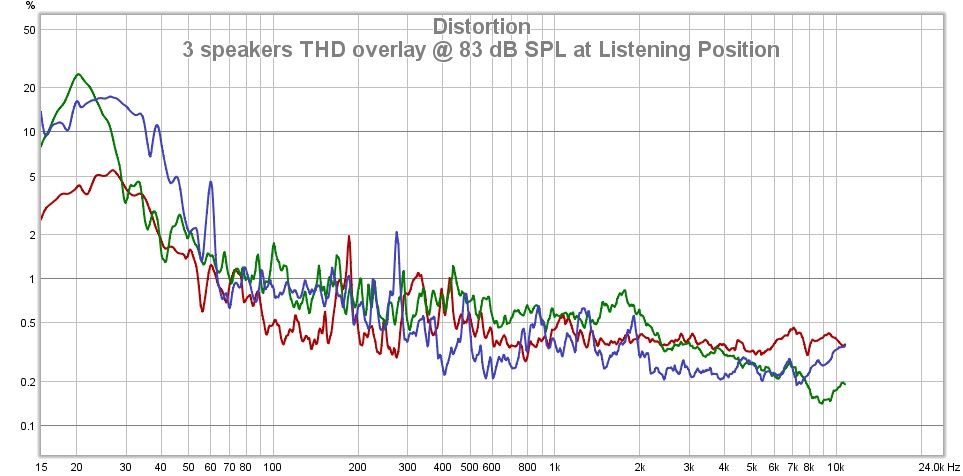When a system works correctly, ie. low audible distortion, using cone speakers, this is also what happens subjectively. The "cone is easily located" stops happening - yes, the sound is "concentrated in a hot spot" but our listening apparatus takes this into account, and disregards the significance of it - it registers what the sound is conveying as a message about some audible event, and ignores hints that the sound waves are coming from the cones.Panels don't get much "louder" as you get closer to them. In my case the sound is produced over about 720 square inches. In the past, close eyes, spin around, try to find the speaker (playing music), my nose would be touching the speaker and the "sound" still seemed 2-3 feet away. Cone is easily located.
Cones and domes get "louder" as you get closer to them, the sound is "concentrated" in a hot spot of a few square inches - 4" mid cone = 12.5 square inches.
720 / 12.5 = 57.6 times the radiating area, so, 12.5 sq in of the panel produces 1/57th the energy of a 4" cone (maybe), like having 57 cones sharing the load.
If I put my ear to the panel, there's like no sound there - its coming from all around that point.
This makes it extremely easy to "measure" distortion performance, subjectively - how close is the system to panel behaviour, how much am I still aware of cone behaviour?

